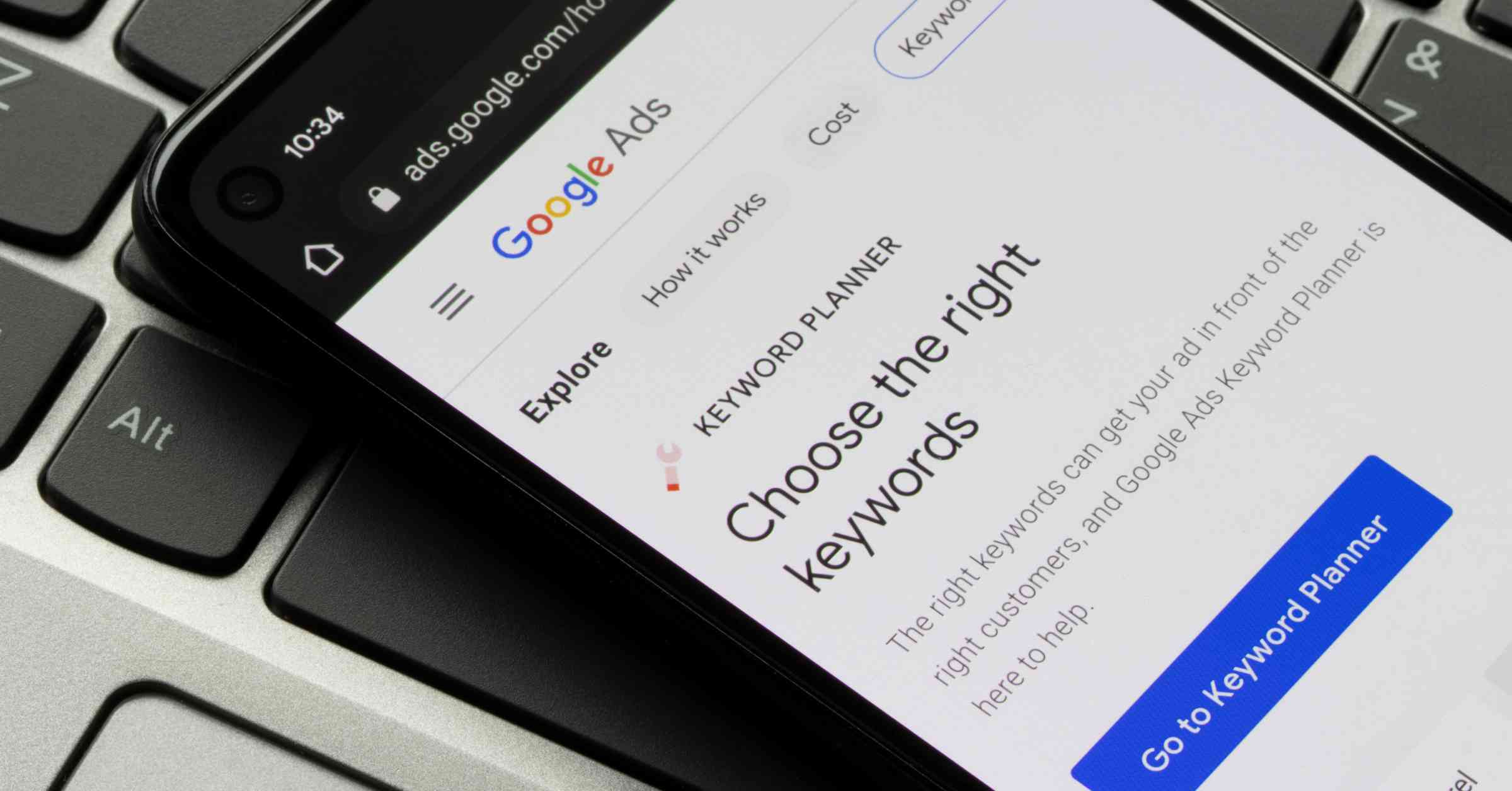
Updated: 07/12/2024
Performance Max campaigns in Google Ads promise to simplify your online advertising efforts and maximize reach by automating various aspects of your pay-per-click campaigns. While this sounds great on paper, some businesses have encountered an irritating downside: bad-quality leads. These leads can drain your resources and time, ultimately impacting your return on investment. Let’s dive into PMax campaigns and explore how you can improve the quality of your leads from this highly touted Google Ads campaign type.
Table of Contents
- Understanding Google Ads Performance Max Campaigns
- Common Issues Leading to Bad-Quality Performance Max Leads
- Misalignment of Google Ads Targeting Settings
- Over-Reliance on Automation in PMax Campaigns
- Poorly Defined Google Ads Bidding Strategies & Conversion Goals
- Identifying When Performance Max Ads Aren’t Working
- Strategies to Improve Performance Max Lead Quality in Google Ads
- Tools & Techniques for Better Performance Max Campaigns in Google Ads
- Utilizing Advanced Analytics Tools
- A/B Testing Different Ad Creatives and Messages
- Regularly Reviewing and Optimizing Campaign Settings
- Experience the DOM Difference
- Key Takeaways
Understanding Google Ads Performance Max Campaigns
Performance Max campaigns are designed to streamline your advertising by combining all Google Ads channels into one comprehensive campaign. Instead of managing separate campaigns for Search, Display, YouTube, Gmail, and Discover, Performance Max handles everything. This automation leverages Google’s machine learning to optimize your ads across multiple channels, aiming to achieve your conversion goals.
These campaigns offer several benefits to advertisers, including simplified management, broader reach, and the potential for better performance through Google’s vast data and machine learning capabilities. However, Performance Max might not be working right for you if you aren’t giving the campaigns the necessary scrutiny. As with anything in the data world, garbage in results in garbage out.
Common Issues Leading to Bad-Quality Performance Max Leads
Misalignment of Google Ads Targeting Settings
One of the most common culprits in PMax ad lead quality is misaligned targeting. If your targeting settings are too broad, your ads may reach an audience that is not relevant to your business. This can lead to an influx of leads that don’t convert into customers.
Over-Reliance on Automation in PMax Campaigns
While automation can save time, relying on it without regular oversight can be problematic. Automated systems may not always understand the nuances of your target audience, resulting in irrelevant traffic.
Options within PMax campaigns in Google Ads to let Google write ad copy may save advertisers time, but the ad copy that Google spins up might not be directing users to take the kinds of actions that truly matter to your business.
So take the time to review any text that PMax drafts through AI. Auto-generated ad copy is an okay play to start in creating an ad; it’s a horrible place to finish. Use Google’s AI as a writing partner in PMax.
Read about AI in Marketing: Where Machine Intelligence Meets Human Creativity
Poorly Defined Google Ads Bidding Strategies & Conversion Goals
If your bidding strategy or conversion goals are not clearly defined, Google’s machine learning might optimize for the wrong actions. For example, optimizing for clicks instead of meaningful engagements can attract users who have no intention of becoming customers.
As you start up a PMax campaign, you often need to start with a more general bidding strategy, such as aiming at impressions or clicks. You need to begin campaigns on this kind of a setting so that Google’s algorithm can get a critical mass of data from many interactions with your ads.
Once your PMax ads have made it through the learning period on an impression-based or click-based bidding strategy (usually about 2 weeks), then you can refine your bid strategy to focus on conversions or conversion value.
Skipping right to these more-focused bid strategies can lead to campaign stagnation. A PMax campaign that starts out on such a down-funnel goal may never get enough traffic for Google’s algorithm to learn what kind of people are really searching for what your business does.
Running in parallel to this concern with what bid strategy a PMax campaign is set to is selecting the appropriate Google Ads conversion goals. This requires that you examine the campaign settings to ensure that a particular PMax campaign has the right conversion goals selected.
For instance, phone calls are often a conversion goal that is present in Google Ads accounts. However, a phone call isn’t always the point, or even a useful interaction, of a campaign. You may need to define a new goal through the Google interface or through Google Tag Manager to set your PMax campaign up for success.
A poor-quality Performance Max campaign may be salvageable with a few tweaks to the bidding strategy and conversion goal.
Identifying When Performance Max Ads Aren’t Working
To determine whether you are receiving bad-quality leads from Google Performance Max, monitor these things:
- High Bounce Rates — A high bounce rate indicates that users are leaving your site quickly, suggesting that your ads are not reaching the right audience. In the context of a PPC ad, you can think of bounce rate as the ratio of clicks to conversions. If people are clicking but rarely filling out the form on your landing page or making a purchase, it may be time to test a variation.
- Low Engagement — If users are not engaging with your content, it could mean that your ads are not resonating with them. This would be reflected in people not even clicking on your ads. So if you are getting a good bit of impressions but few clicks, you should try out new PMax ad copy and images.
- Irrelevant Inquiries — Receiving inquiries that are unrelated to your products or services is a clear sign of poor lead quality. When you are inundated with inquiries that don’t show intent to buy, you can try increasing the friction in the customer journey. This may sound like an extreme option. Indeed, we usually advise removing as much friction as possible from the user journey. But when spam vastly outweighs true inquiries, and when you are paying for all those useless clicks, it’s time to make a substantial change. For instance, you can make more fields required on a contact form. You can code the email field to reject spammy domains, like @hotmail or @geocities. You can require both an email address and phone number. Making more fields required generally filters out users who aren’t serious about your product or service.
Strategies to Improve Performance Max Lead Quality in Google Ads
Fine-Tuning Audience Targeting: Refine your audience settings to ensure your ads are shown to people who are more likely to be interested in your offerings. Use detailed demographics, interests, and in-market segments to narrow down your target audience.
You can adjust these settings within the Audience Signal of PMax campaigns.
Adjusting Bidding Strategies: Review and adjust your bidding strategies to align with your business goals.
At a high level, consider whether you want to go after conversions themselves or the value they drive for your business.
Setting Clear and Precise Conversion Goals: Define specific conversion actions that matter to your business. This could be form submissions, purchases, or phone calls. Ensure these goals are accurately tracked to provide the machine learning algorithms with the right data.
Remember, you may need to complete a custom implementation of a goal through Google Tag Manager to track an action that isn’t provided within the default options in Google Ads.
Using Negative Keywords Effectively: Implement negative keywords to prevent your ads from showing for irrelevant searches. This helps in filtering out traffic that is unlikely to convert.
You may be annoyed with spammy traffic to your PMax campaign at the moment. You can take learnings away from this rocky period and improve your campaign. Search queries that are coming into your PMax campaign that don’t signal the right intent and the perfect ones to negate.
Once you clear away that noise, the signal should start coming through clearly in the form of conversions with the right intent.
(Get more insights into the latest in pay-per-click advertising from the DOM blog: Top PPC Tips for Dominating Sales in 2024)
Tools & Techniques for Better Performance Max Campaigns in Google Ads
Utilizing Advanced Analytics Tools
Employ tools like Google Analytics and third-party analytics platforms to gain deeper insights into your PMax campaign performance. These tools can help you understand user behavior and refine your strategies.
For example, you can look into Google Analytics 4 to see commonalities among people who convert on your website, no matter how they found you. Then you can take that demographic information and refine your PMax ads to speak to the concerns and values of the broader group that does take action on your website.
DOM provides Google Analytics Services to surface actionable insights for your business.
A/B Testing Different Ad Creatives and Messages
Test various ad creatives and messages to see which ones resonate best with your audience in PMax campaigns. Continuous testing and optimization can lead to better results.
Try ads that call out the benefits of your products, rather than merely describing them. So pointing out that your accounting SaaS will save dozens of hours leading up to April 15th may be more effective than listing the tools that help with payroll and generating W-2s. That is, trying articulating the significance of the tool; don’t merely state what the tool is. People need to know why your product matters, what it can do for them, beyond just what it is.
Regularly Reviewing and Optimizing Campaign Settings
Make it a habit to regularly review your PMax campaign settings and performance data. Adjustments based on data-driven insights can significantly improve lead quality over time.
This might mean focusing your barber shop ads to only serve to men, should you find that women rarely convert on your ads. Or you might exclude people under 40 from your life insurance ads, if you find that the younger cohort just never takes the action your ads intend.
Experience the DOM Difference
Struggling with bad-quality leads from your Performance Max campaigns can drain your resources and impact your ROI. Identifying and fixing the weak points in your ad strategy requires expertise and a keen eye for detail.
At DOM, our seasoned professionals can help you optimize your PMax campaigns to ensure your ad spend drives the right kind of traffic. Let us provide you with a free PPC audit, analyzing your current strategy and offering tailored recommendations to enhance your lead quality.
Reach out today to unlock the full potential of your digital advertising efforts.
Key Takeaways
- Performance Max campaigns in Google Ads simplify online advertising but can result in bad-quality leads if not properly managed.
- Misaligned targeting and over-reliance on automation are common issues leading to irrelevant traffic and low-quality leads in PMax campaigns.
- Properly defining conversion goals and adjusting bidding strategies is crucial for attracting meaningful engagements and potential customers.
- Monitoring high bounce rates, low engagement, and irrelevant inquiries helps identify when Performance Max ads aren’t working effectively.
- Fine-tuning audience targeting, using negative keywords, and regularly reviewing campaign settings can significantly improve lead quality in Performance Max campaigns.


